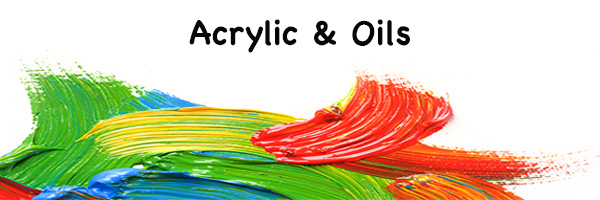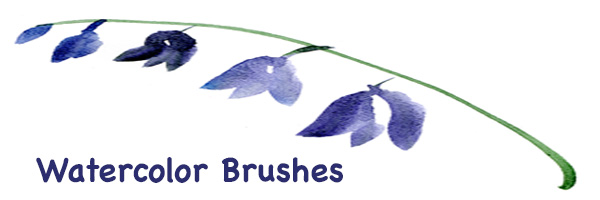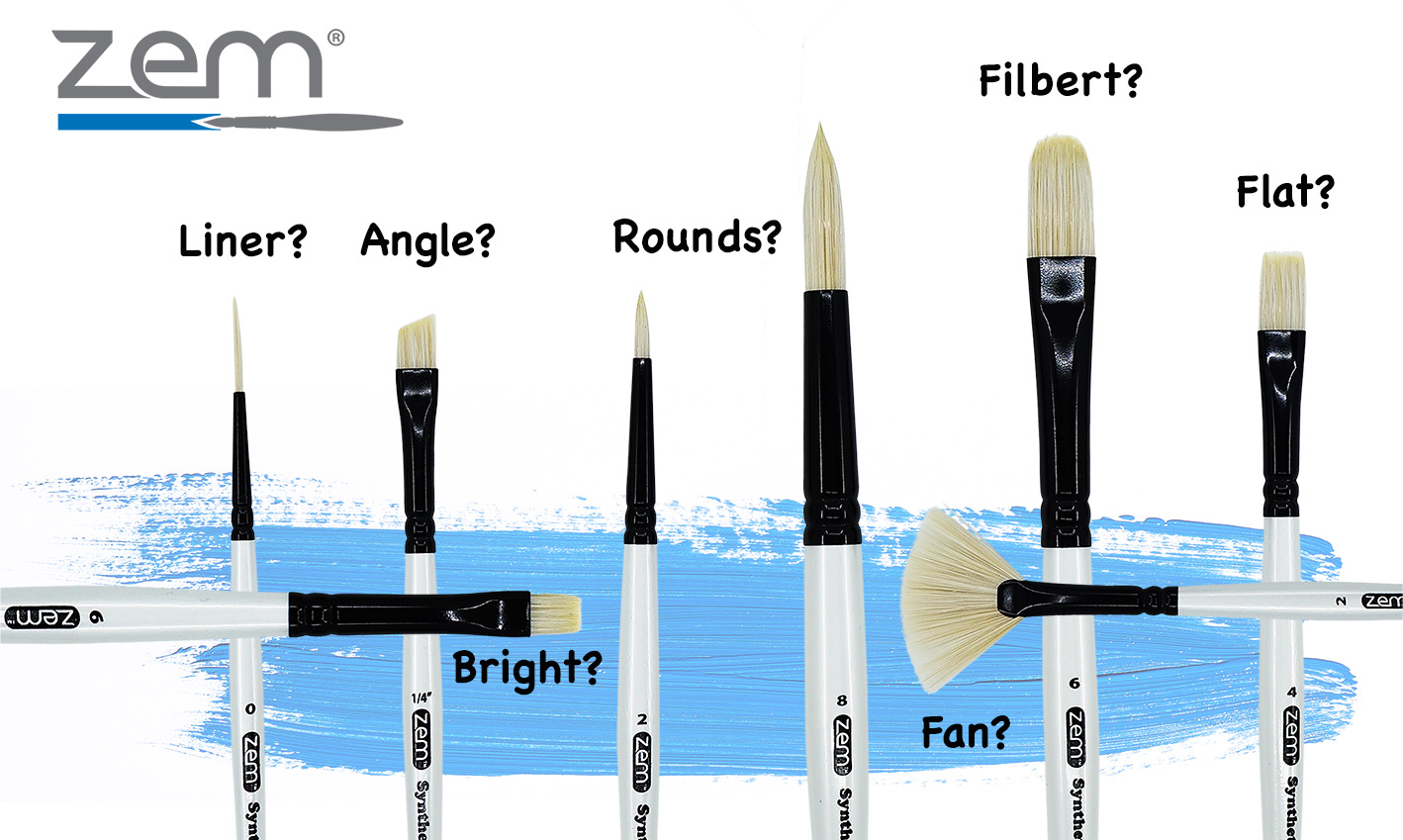
The right art brushes may make or break a painting. Brushes can be both helpful and detrimental to artists. Here, in a concise and accessible article, we cover the fundamentals of artistic brush types and their applications across acrylic, oils and watercolor techniques.
How to choose the right paintbrush for your art
Choosing the right, artistic paintbrush is essential for an artist. Modern-day paintbrushes come in all shapes, sizes, and bristle types. Depending on the desired outcome, the artist's choice of a paintbrush can be either helpful or detrimental.
One of the most important factors to consider when choosing a paintbrush is the type of bristles. The three main types of bristles are natural, synthetic, and a mix of both, each with its own advantages and disadvantages. Natural bristles are made from animal hair, while synthetic bristles are made from nylon or polyester. The brush shape will determine the stroke width and texture.
This article outlines a few of the most common types and what they can be used for.
Why is the right paintbrush important?
When it comes to painting, many people believe that any brush will do. However, this could not be further from the truth. The type of brush you use can greatly affect the final result of your painting. For instance, synthetic brushes are often better for painting with acrylics, while natural-bristle brushes work better with oil-based paints.
Not only does the type of brush affect the result, but the size and shape of the brush can also make a difference. For instance, a small round brush is ideal for painting detailed areas, while a large flat brush is better for painting large areas.
Using the right paintbrush can also save you time and money. Low-quality paintbrushes require multiple coats to cover adequately. Using a high-quality brush, however, will result in greater coverage with fewer applications.
The bottom line is that the right paintbrush is important. By carefully selecting the right brush for the job, you can ensure that your painting turns out exactly the way you want it to.
Different types of paintbrushes
Various paintbrushes are available on the market, each designed for a specific type of painting. For example, sable paintbrushes are made from the soft hair of a weasel and are ideal for watercolors. Hog hair paintbrushes are made from the coarse hair of pigs and are better suited for oil paints.
As you paint, you'll get a feel for the different brushes, how they interact with the paint, and the effects they may produce. Eventually, you'll have an innate sense of how to control the paintbrush.
Brushes for Acrylics & Oils
Paintbrush bristles: soft or stiff
- Soft bristle brushes
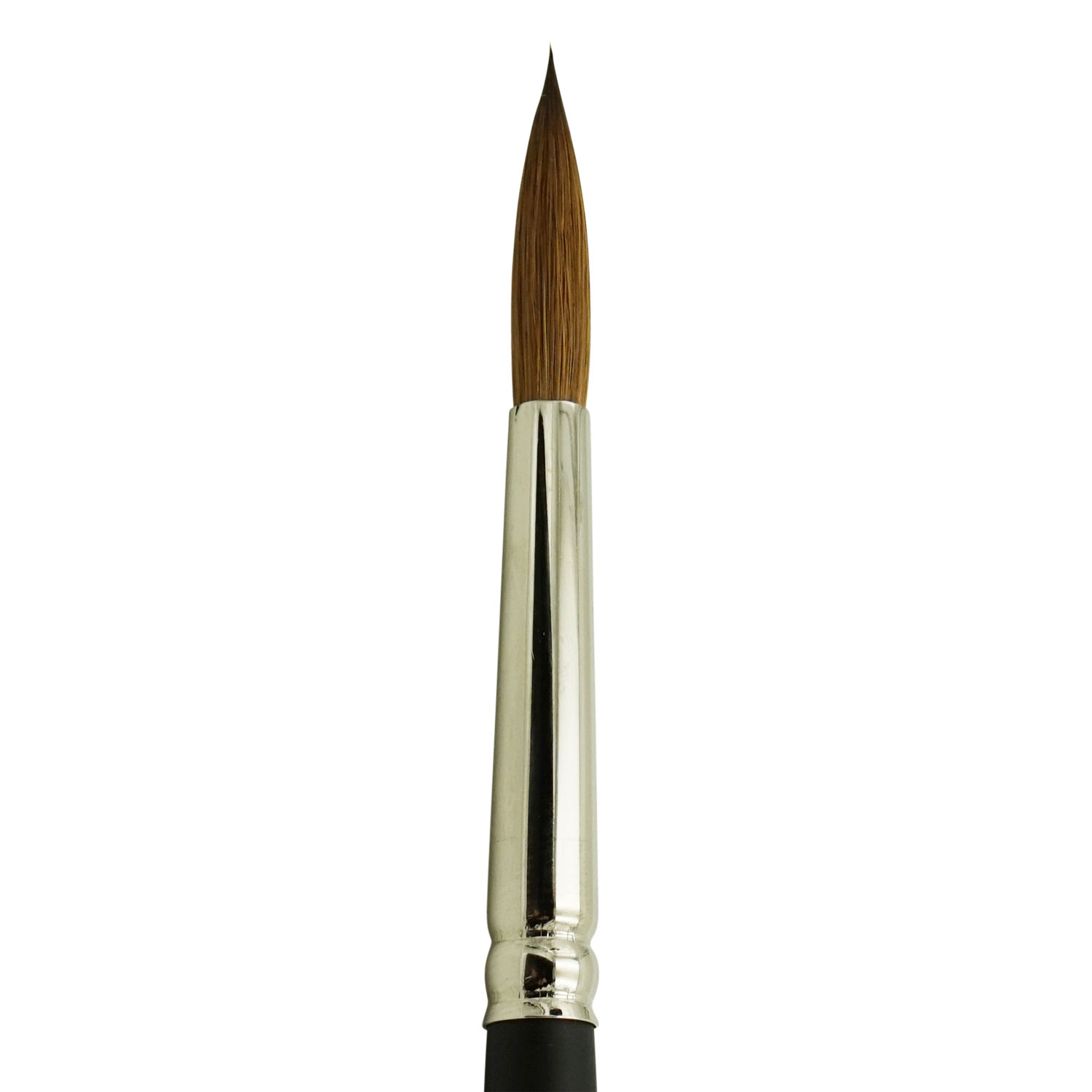
Soft bristles provide smooth paint strokes. Sable, soft natural hair, or soft synthetic brushes are best for blended, flat paint surfaces. These brushes cannot apply heavy body paint; thus, they need fluid paint (like thick, buttery acrylics). They are also unsuitable for wet-in-wet painting, which requires firm paint.
Long-bristled, soft brushes make irregular, "hairy" traces at the end of a brushstroke, which is useful for painting hair and grasses with fine lines.
- Stiff bristle brushes
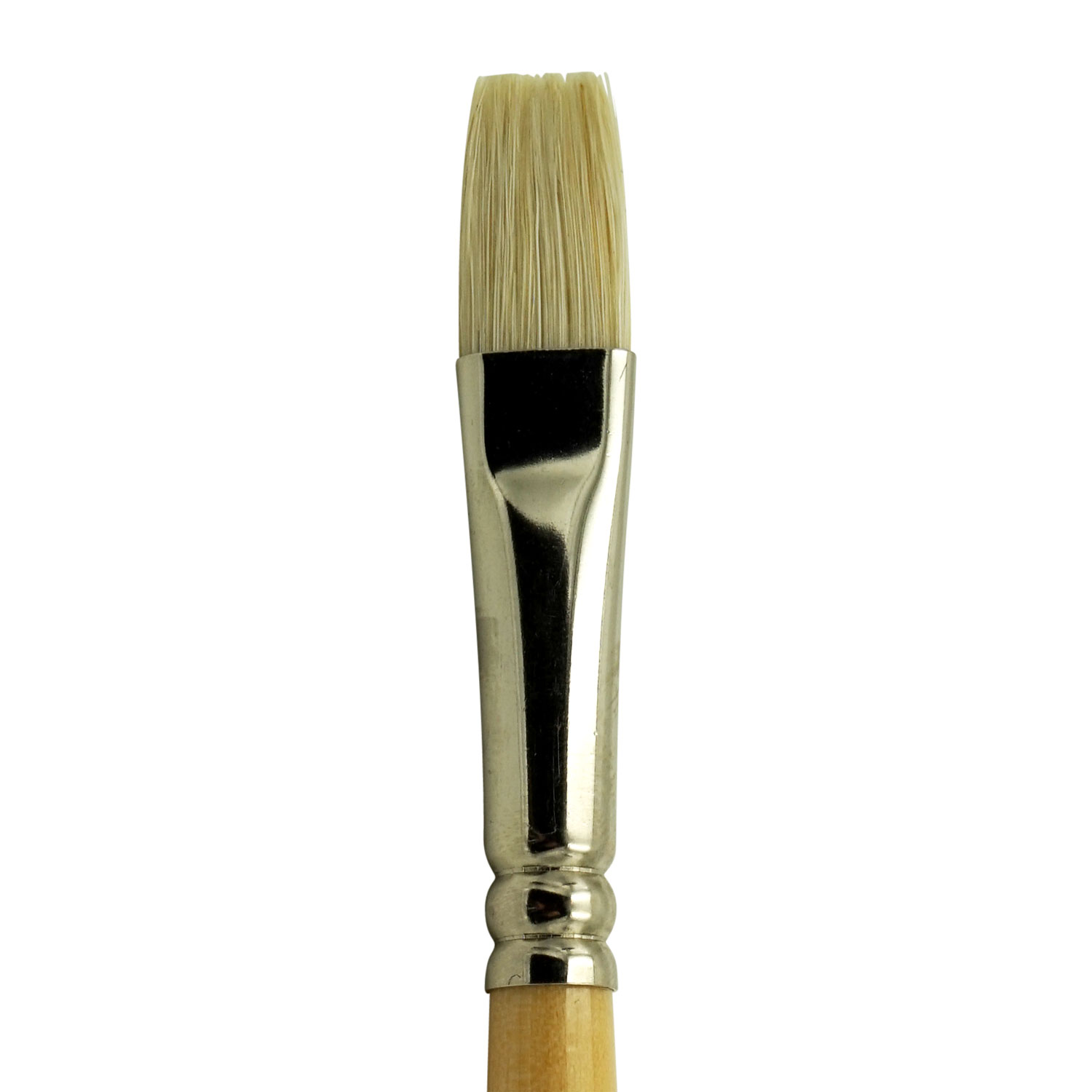
Coarser brushes are ideal for impasto and harsh effects. Heavy paint works nicely with hog bristle and stiff, springy synthetics, leaving artistic marks. They can be loaded with paint and dragged over wet paint, making them great for layering. Wet-in-wet artists love them.
Brushes shapes
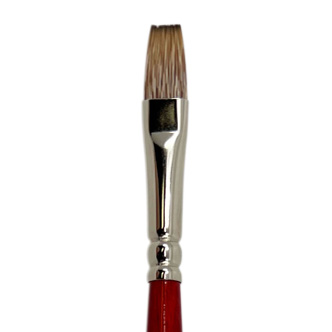
Flat brushes are versatile and flexible. Long bristles can create smooth swaths of color, strong strokes, or small sharp lines. Flat-brush marks are square.
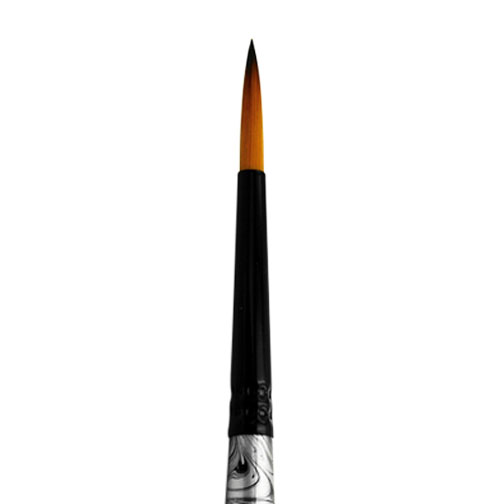
Round brushes are sharp or blunt. A round can fill, draw, apply washes, spot on little amounts of color from the tip, generate a narrow line for detail, and vary thick to thin marks by moving the brush away from the surface. Useful for filling larger spaces.
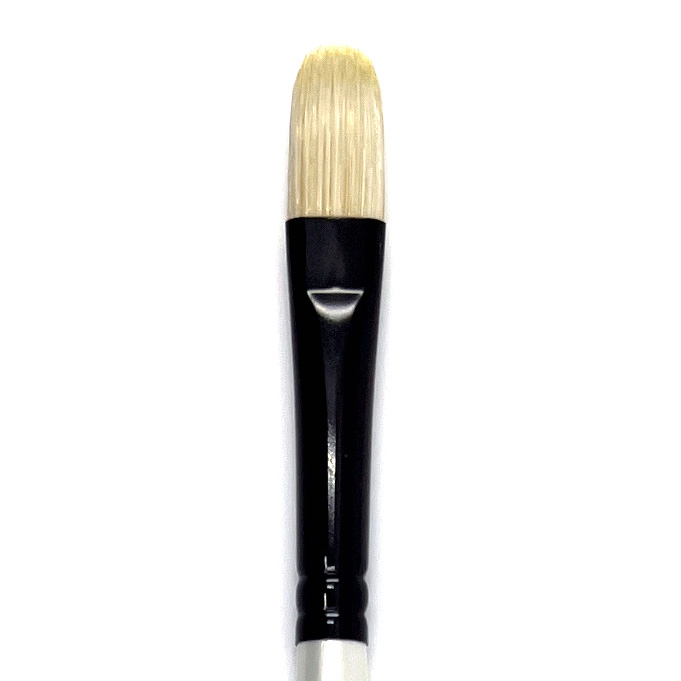
- Brushes, favored by figurative artists, may make broad to linear markings without a flat edge. When scribbled on its side, filberts provide a flat color patch with no brush strokes.
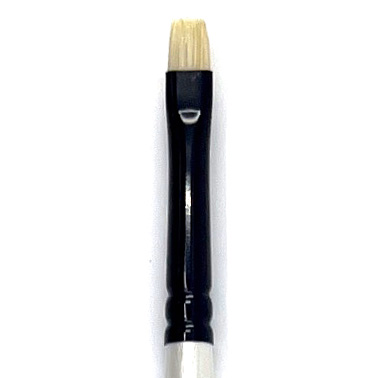
The flat, short-bristled length is great for precise strokes. Like the flat, it leaves square marks with heavy paint. Brights' short, stiff bristles remove the under layer of paint, making them unsuitable for wet-in-wet layering.
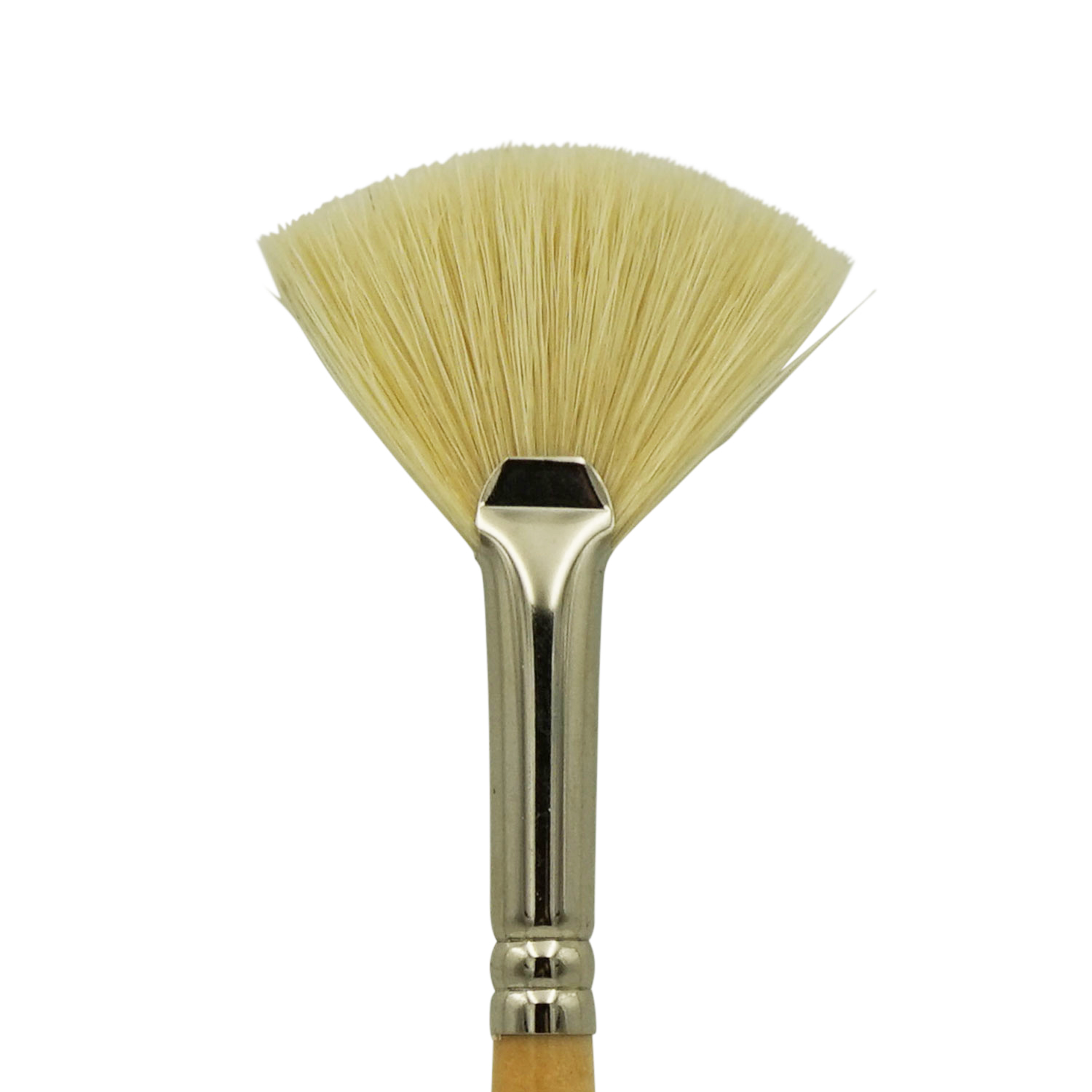
The flat, round-tipped fan brush is fanned. The fan helps create modulating markings and fascinating textural effects. Fans can be used to stipple or flick paint onto the canvas to create grasses or fur.
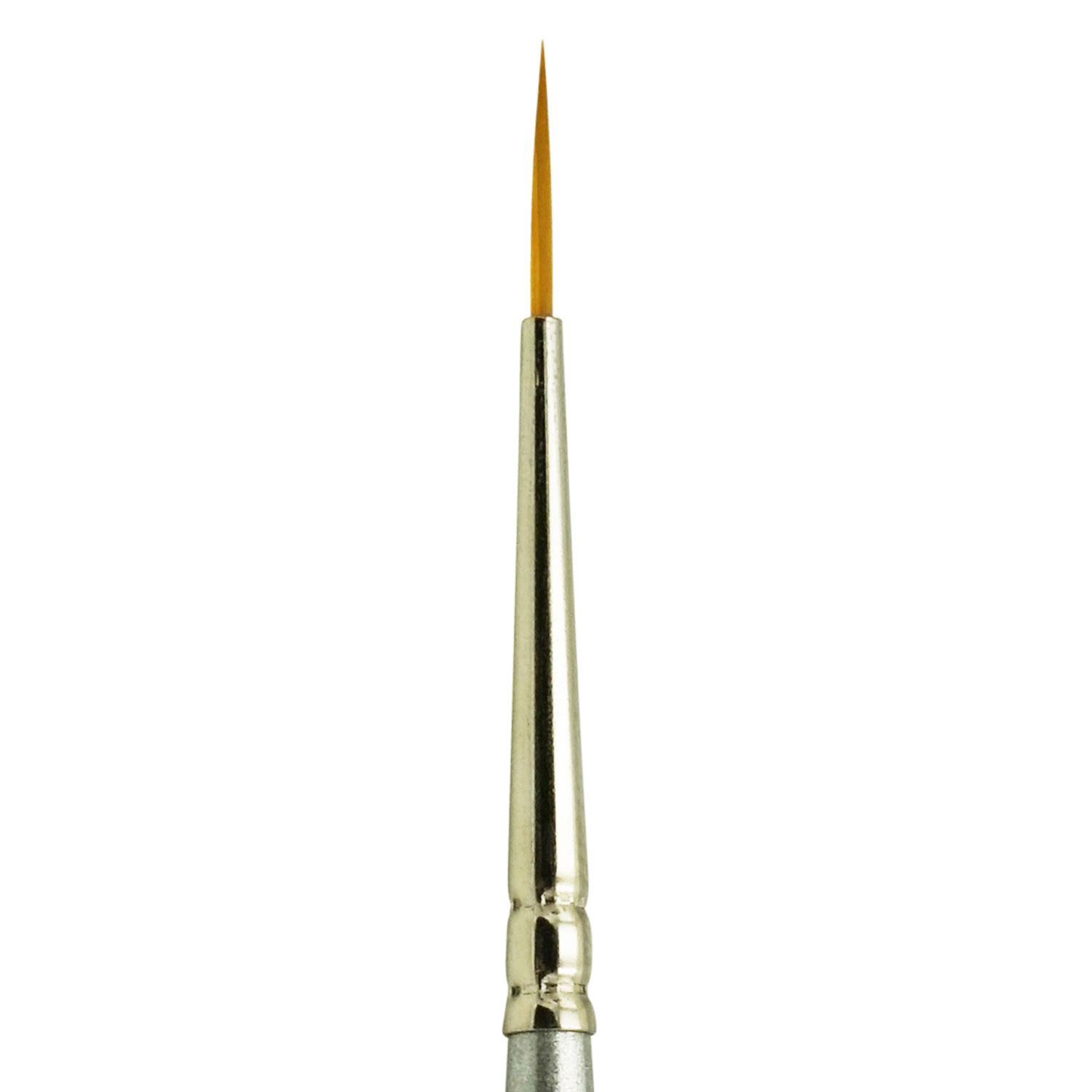
Long-bristled rigger brushes are thin rounds. They hold lots of fluid paint and make long, smooth strokes. These brushes create delicate branches, tendrils, writing, and other linear calligraphic marks. Medium and mini liners have good color-holding capacity. They are best for precision control in edge blending and detail, shading and blending work.
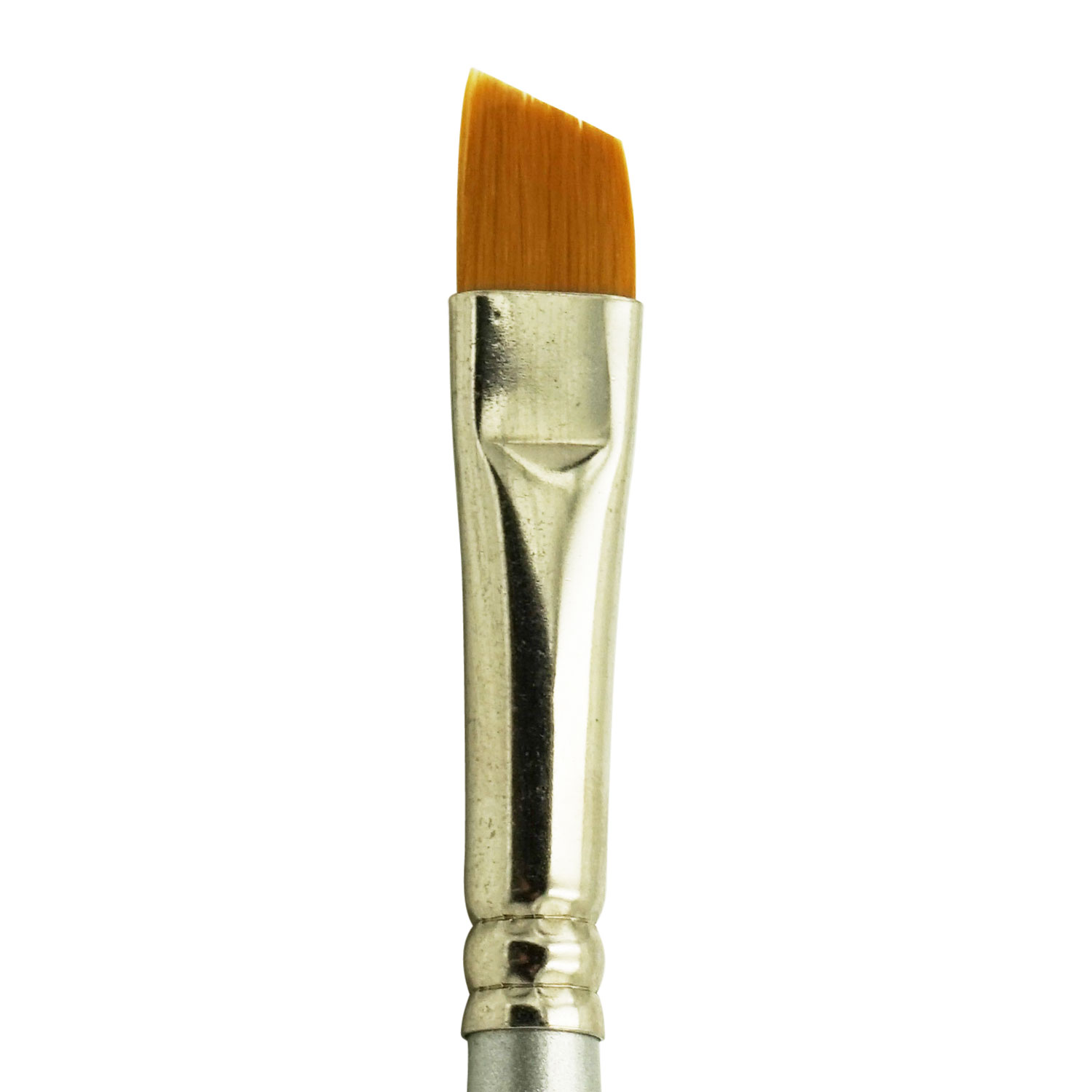
Artists use angular brushes for heavy paint strokes, curves, and lines. They are popular for ornamental floral paintings and other arts that require curved and blended strokes of different lengths. Angled-haired flat brushes cover a lot of space. Their natural or synthetic short strands and longer fibres at one end of the paintbrush head allow them to reach corners and the lower lash line.
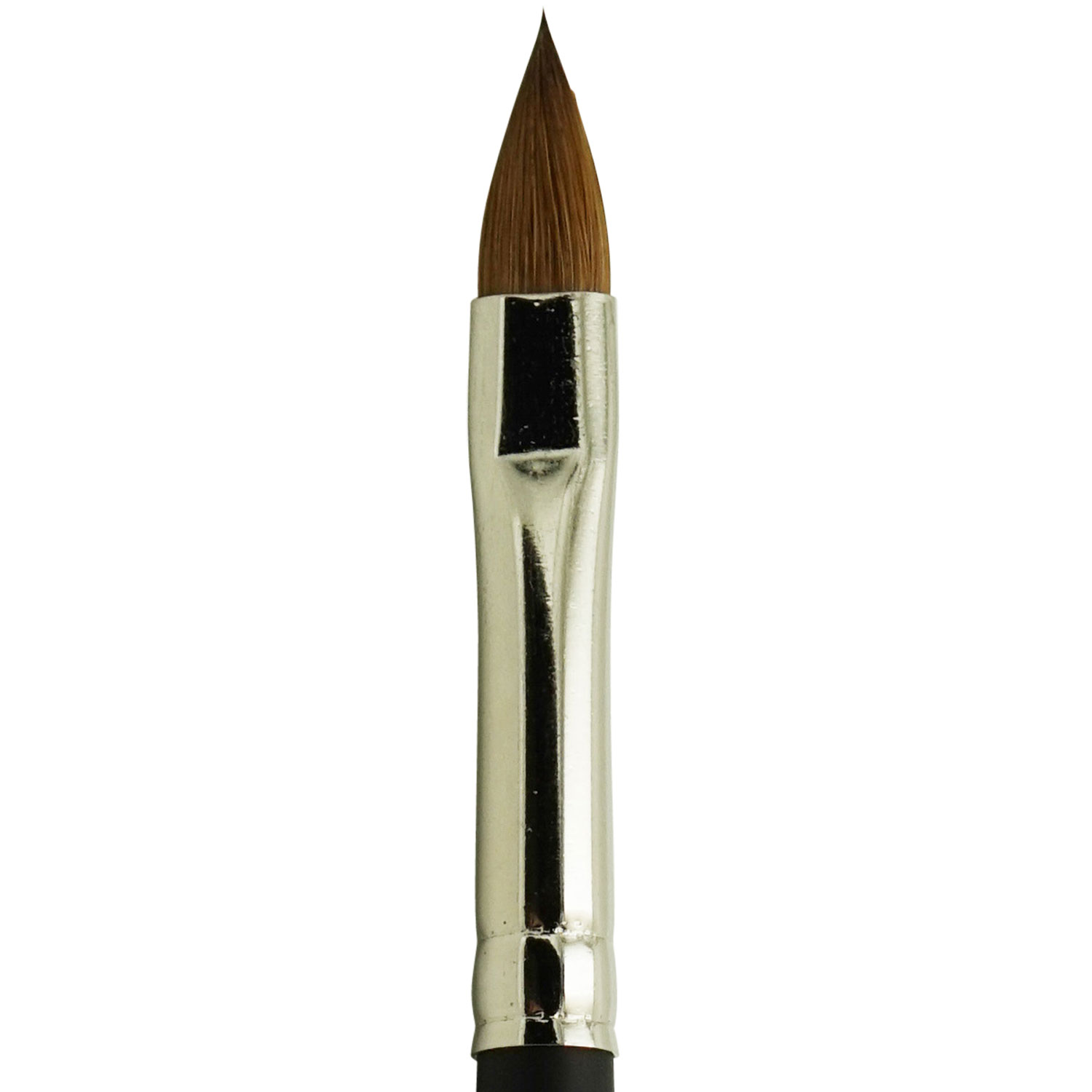
Cat's tongue brush is a specialized type of brush used for painting broad washes of paint and creating rounded edges; it gets its name from its flat, rounded shape. Great for painting landscapes or the ocean!
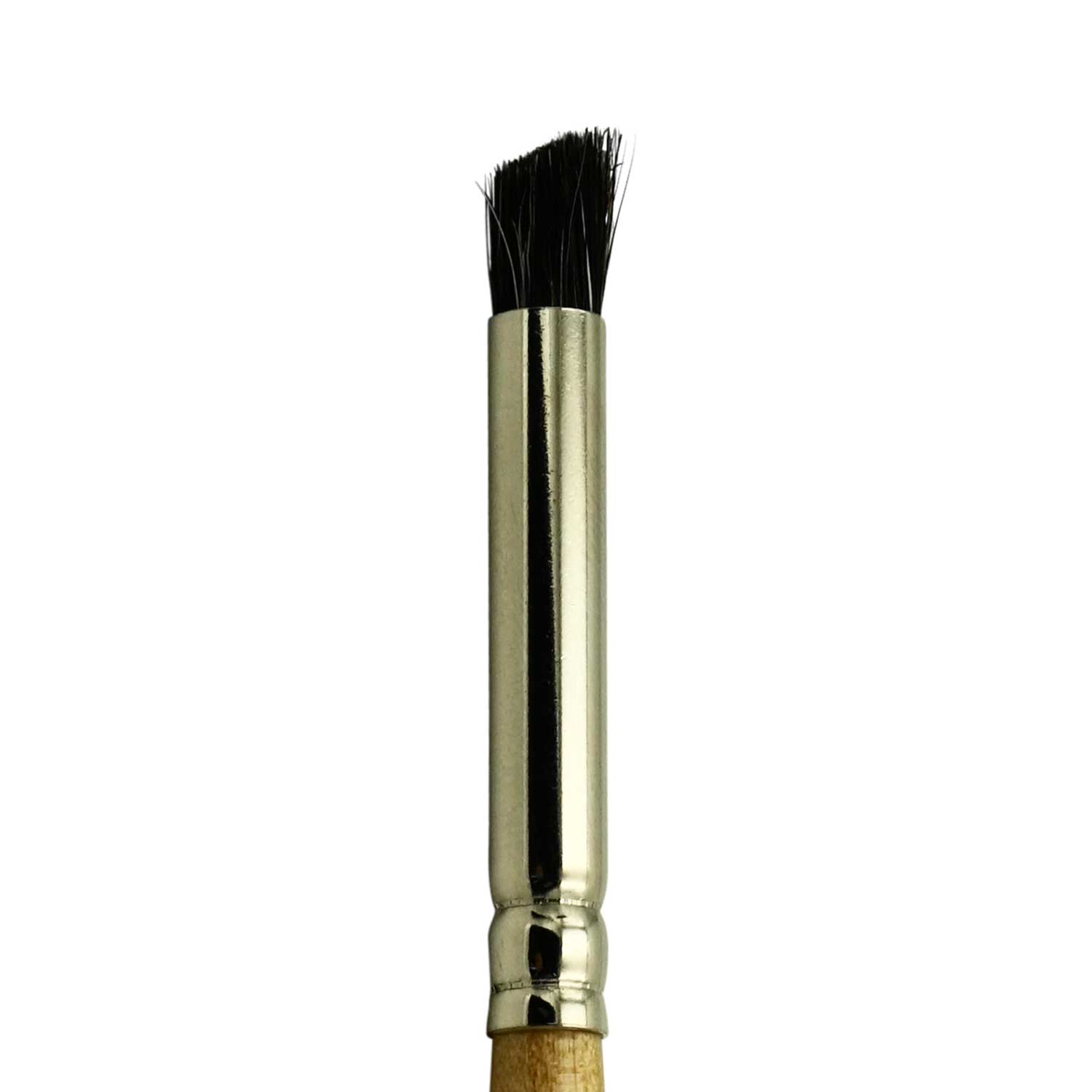
This brush is ideal for adding texture to fur and foliage. The final appearance and hue value of your painting will depend on the amount of pressure you use when pouncing or stippling. Because its hair is softer than standard stippling brushes, the deerfoot is great for painting leaves and other realistic details (it works best if not too wet).
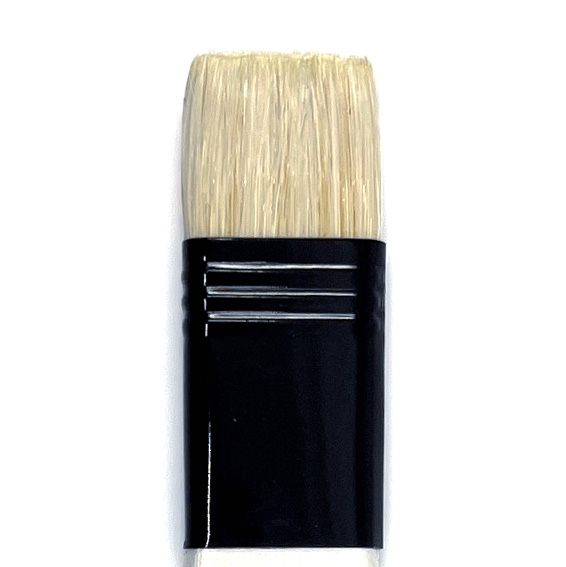
Since mottlers can soak up a lot of paint, they come in handy for preparing a surface for priming. When underpainting or simply blocking in large areas of colour, a mottler is an effective shape to use. When applying varnishes over large regions, mottlers are also especially helpful.
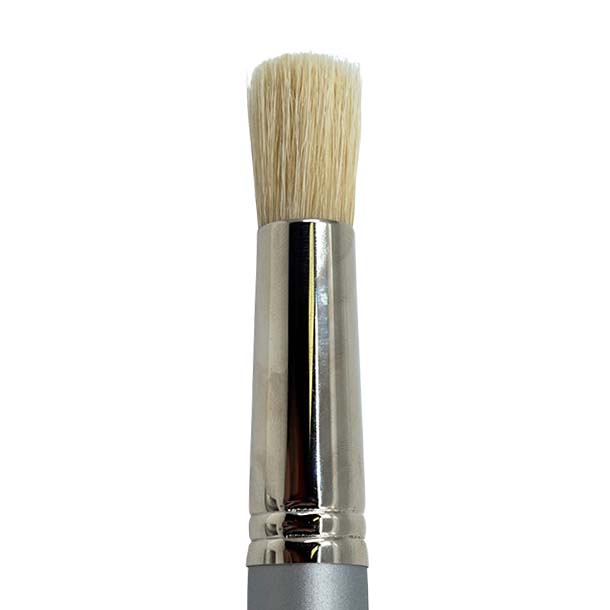
Stencil brushes are round and chubby, with bristles that are cut to a blunt end. These specialized brushes are ideal for applying paint through a stencil without letting it soak underneath.
Brushes for watercolor
Watercolorists typically use soft, short-handled brushes in a variety of shapes, including those used by oil and acrylic painters. In addition, watercolorists may use wash and mop brushes.
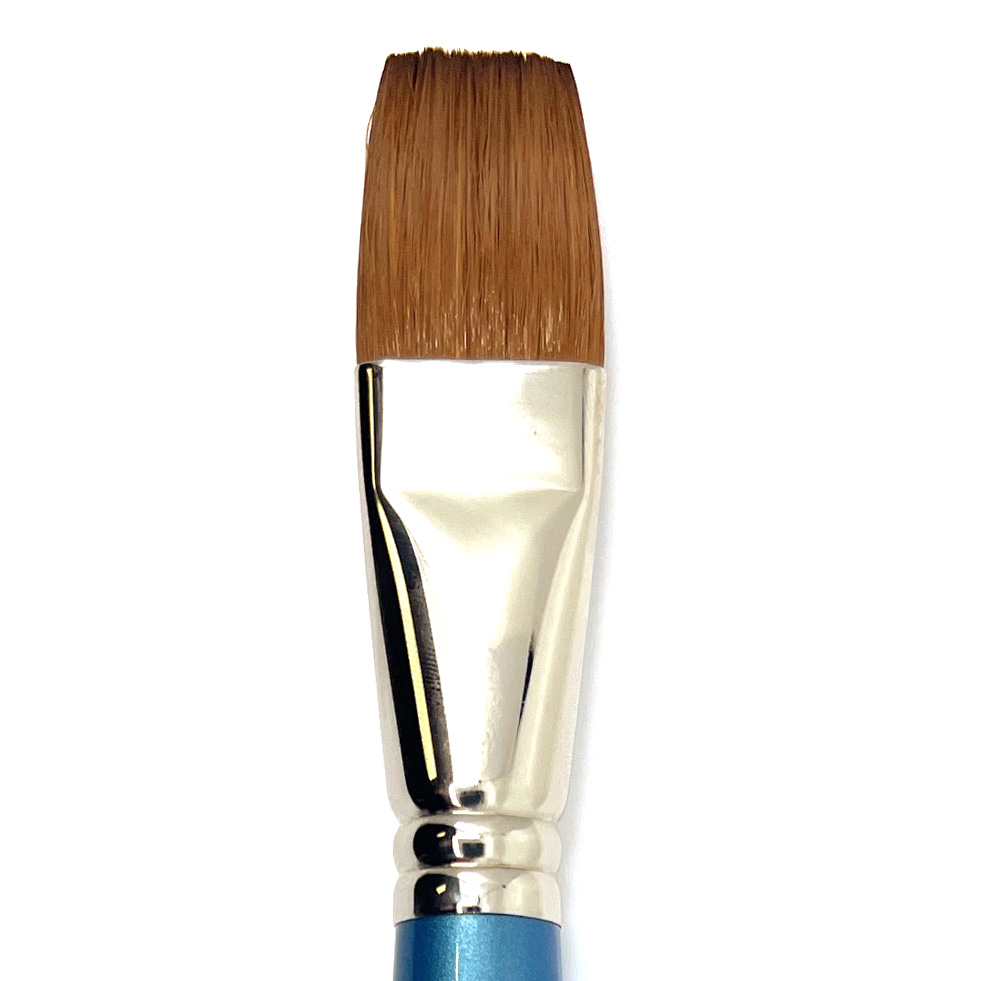
Wash brush can be used to spread water or color over a big area, wet the surface, and remove any excess medium. By combining them, a large, square swath of color can be made.
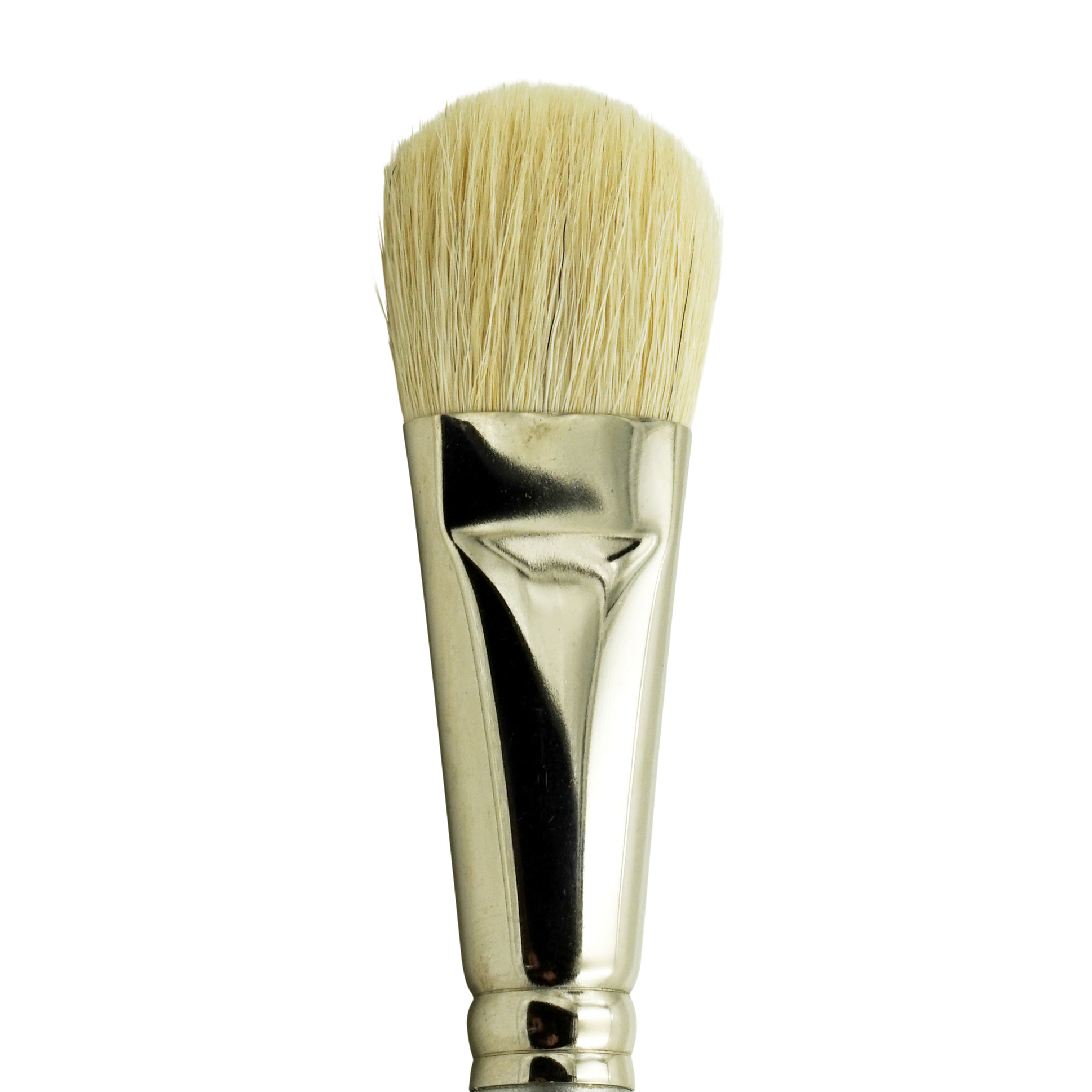
Mops, thick, round, pointed or oval brushes, generate huge, organic forms for washes. They can create a color wash that gradually narrows when applied at different angles and pressures.
Which paintbrush is right for you?
You can play around with the brush's edges, push paint rather than pull it, and change the amount of color you're using to increase the variety of strokes you can produce. Still, there's no substitute for learning about each brush shape's inherent strengths and limitations. With this information in hand, you'll be able to choose brushes that work well with your technique and the marks you like to make.
Right brushes to transform the way you paint
Artists often compare paint brushes to their "magic wands," so selecting the best ones can be challenging. Keep in mind that it will take some time before you can recognize all of the features and uses.
With any luck, the information and advice presented here can ease that challenge. Remember that making art is supposed to be fun, so dive in and play about. As the saying goes, "practice makes perfect."
Feel free to contact us any time if you need any additional information or assistance. ZEM Brush has been in the art & ceramic markets since the '70s. We are a family-owned company that will provide you with courteous service, high-quality goods, and affordable costs.
If you've used any of our blog articles as guidance, feel free to send us pictures of your finished product on social media. We love to see what our readers have accomplished!


